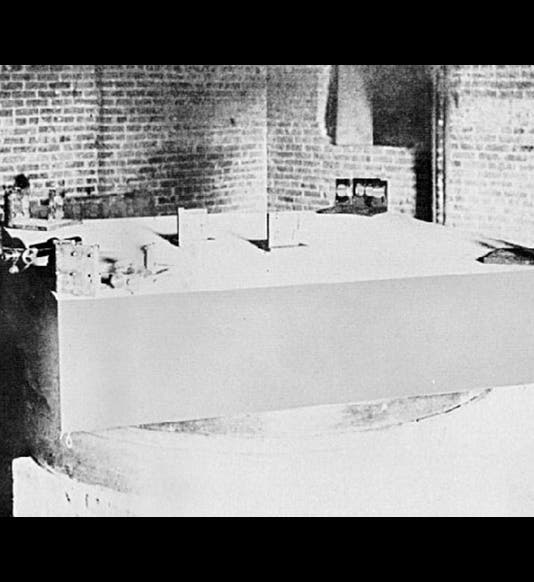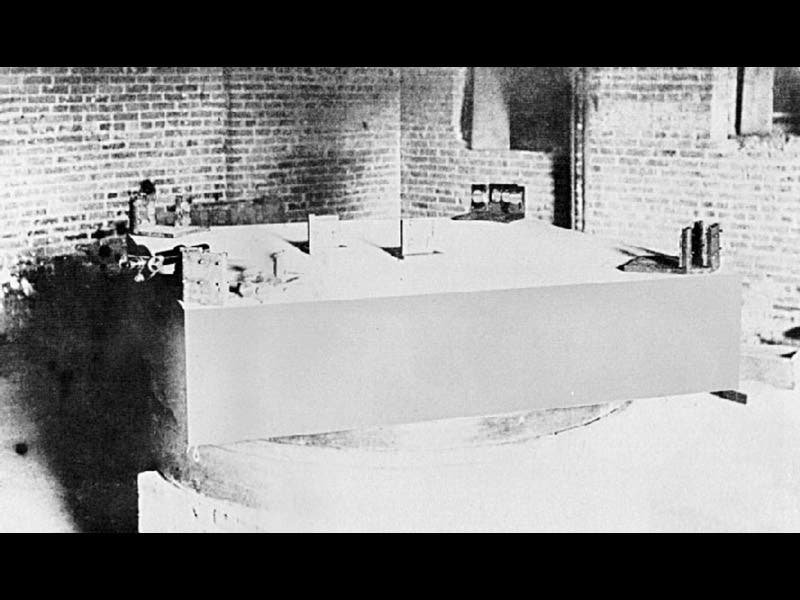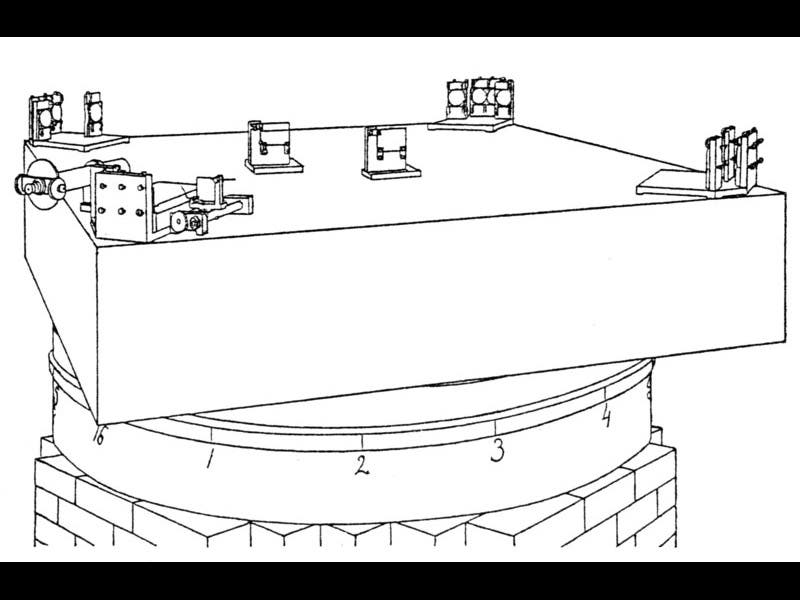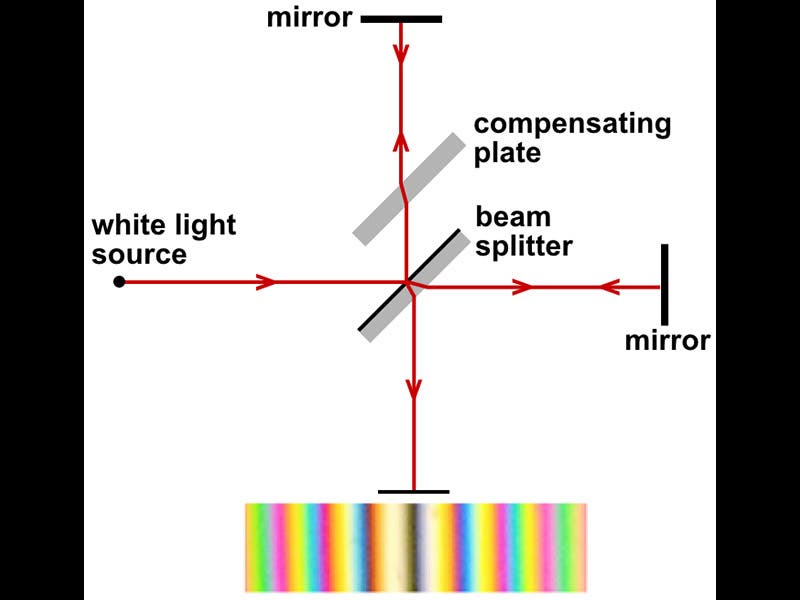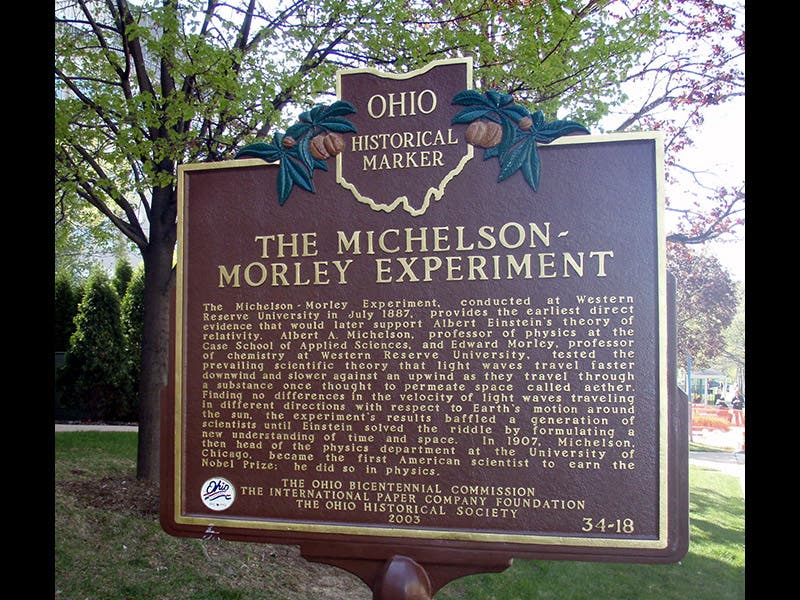Scientist of the Day - Edward Williams Morley
Edward Morley, an American chemist, was born Jan. 29, 1838. His name is familiar to most scientists as the hind member of the Michelson-Morley experiment, the most famous failed experiment in history. Albert Michelson was a physicist at the Case School of Applied Science in Cleveland, where he met Morley, who taught chemistry at Western Reserve University, also in Cleveland. They were interested in trying to measure the speed of the earth through the "luminiferous ether," a medium, thought to pervade the entire universe, through which light waves "waved" (just as air provides the medium for sound waves, and rock for seismic waves). If the ether fills the universe, then the earth must move through it, and the experiment was designed to detect this motion, sometimes called the “ether drift”. Carried out in 1887, it involved sending light-waves out in two perpendicular directions, reflecting them back, allowing them to interfere with one another to produce interference fringes, and then slowly rotating the apparatus 90º and measuring how much the fringes changed as the direction of the ether drift changed. You can see a photograph of the apparatus above, mounted on a large stone slab that rotated in a tub of mercury (see first image), as well as a diagram of the setup of the interferometer (second image), and a diagram of the light paths that produce the interference fringes (third image).
Morley was the detail man of the two, a stickler for accuracy and precision, and so he was probably the more surprised when the experiment failed to produce any detectable results. This meant either that the Earth is at rest in the ether (absurd to nearly everyone) or that there is no ether (equally absurd for a completely different set of reasons) or that objects contract in the direction of motion (the most absurd notion of all, and naturally, the one that turned out to be true, as Einstein would argue almost 20 years later). Michelson and Morley have ever since been combined into a single split-personality, Michelson-Morley. It is fitting then that their two schools, Case Institute and Western Reserve, should have merged in 1967 to form a new school, Case Western Reserve. Case Western can now list Michelson-Morley as one of their most famous alumni. “He” is commemorated with a historical plaque on campus (fourth image).
Dr. William B. Ashworth, Jr., Consultant for the History of Science, Linda Hall Library and Associate Professor, Department of History, University of Missouri-Kansas City

